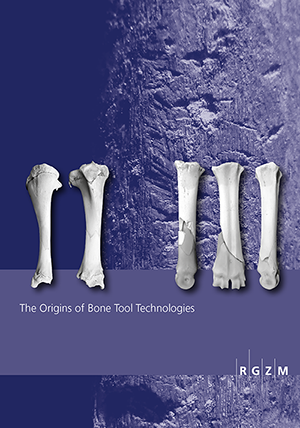Neruda, Petr
The Beef behind all Possible Pasts: The Tandem Festschrift in Honour of Elaine Turner and Martin Street
This Tandem-Festschrift pays tribute to Elaine Turner and Martin Street, to celebrate all you have both contributed to the MONREPOS Archaeological Research Centre and Museum for Human Behavioural Evolution of the Römisch-Germanisches Zentralmuseum, in ensuring high research standards, and for your contributions to Palaeolithic Archaeology in Germany and beyond. It should be understood as a big “CHEERS” from the MONREPOS staff and many other friends and colleagues from all over the world, who contributed to this Festschrift.
The double volume comprises a broad spectrum of topics from the Lower Palaeolithic to the early Holocene and even to the Medieval period – touching upon the vast array of topics Elaine and Martin have dealt with over the last more than 30 years. It starts with the discussion of the oldest evidence for fire and addresses many other key-topics of scientific debate at fascinating levels of detail.
s. Volume 2
The origins of bone tool technologies: "Retouching the Palaeolithic: Becoming Human and the Origins of Bone Tool Technology" Conference at Schloss Herrenhausen in Hannover, Germany, 21.- 23. October 2015
This volume is a collection of papers from the conference titled “Retouching the Palaeolithic: Becoming Human and the Origins of Bone Tool Technology” held in October 2015 at Schloss Herrenhausen in Hannover, Germany. With major funding from the Volkswagen Foundation’s Symposia and Summer School initiative, the conference brought together an international group of scientists from an array of research backgrounds to explore the origins and development of bone tool technologies in prehistory, specifically retouchers, compressors and percussors used in various lithic knapping activities. The diverse conference attendance generated an assortment of perspectives on bone tool use covering western Europe to the Levant, from the Lower Palaeolithic to Neolithic times. Collectively, these papers provide an overview on how the integration of bone tools with other Palaeolithic technologies influenced human subsistence and other socio-economic behaviours over time and space. In the end, this volume is not just about bone tools. Rather, this compilation is intended to stimulate broader ideas on technology and innovation, for the ability and desire to create new tools truly lies at the core of what makes us human.








